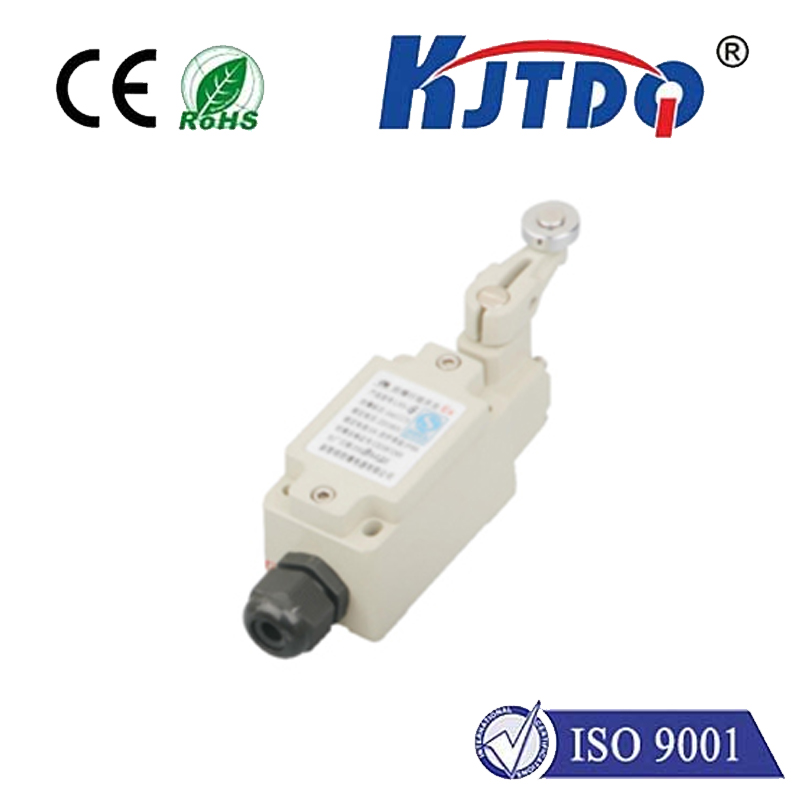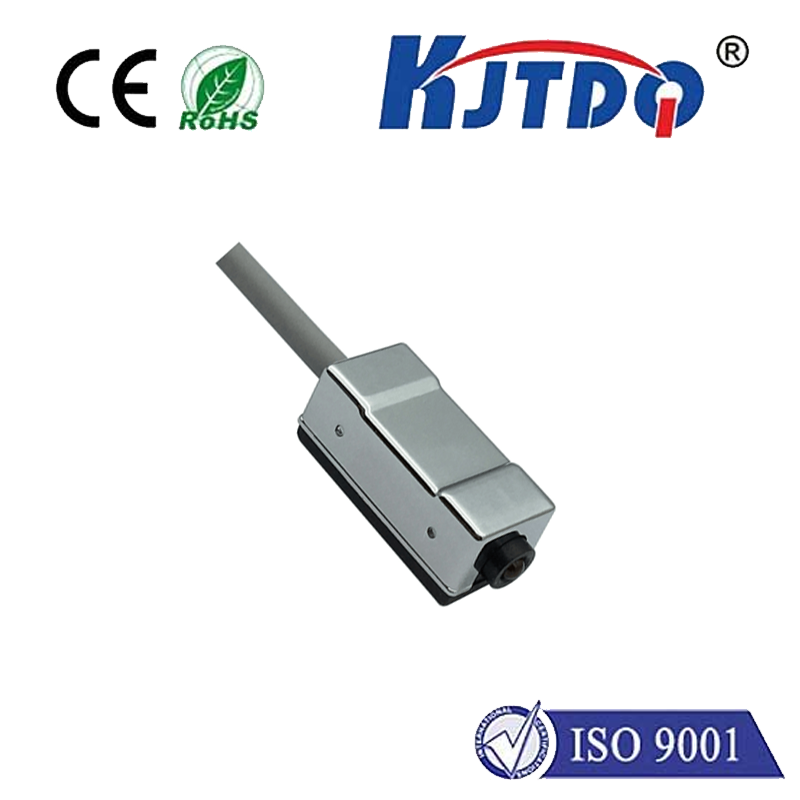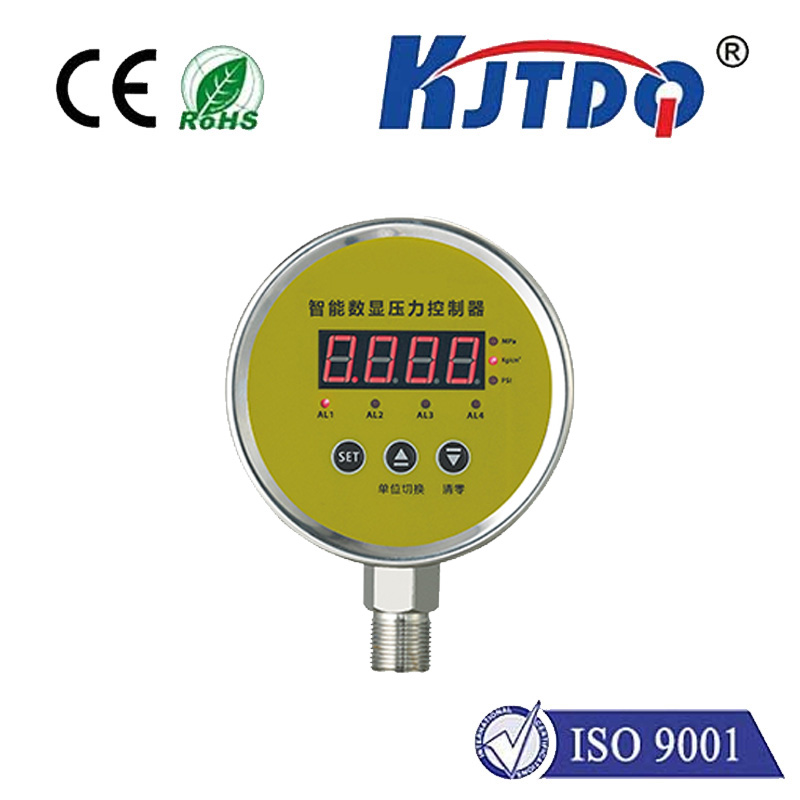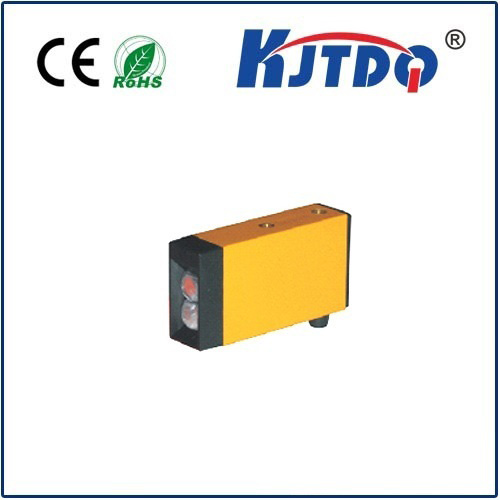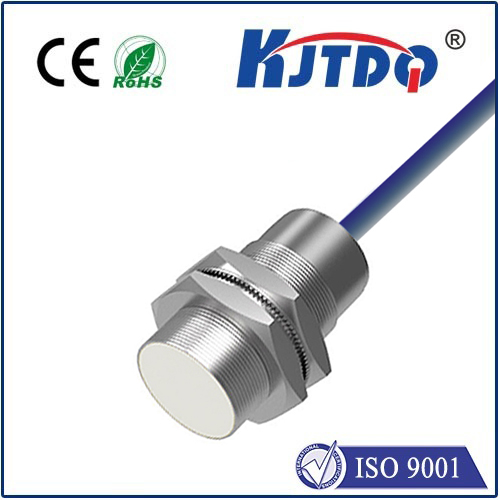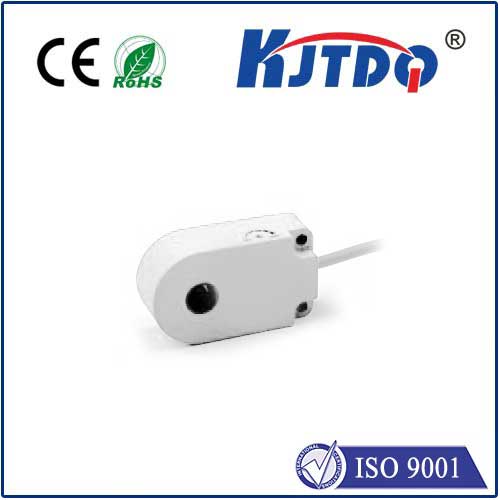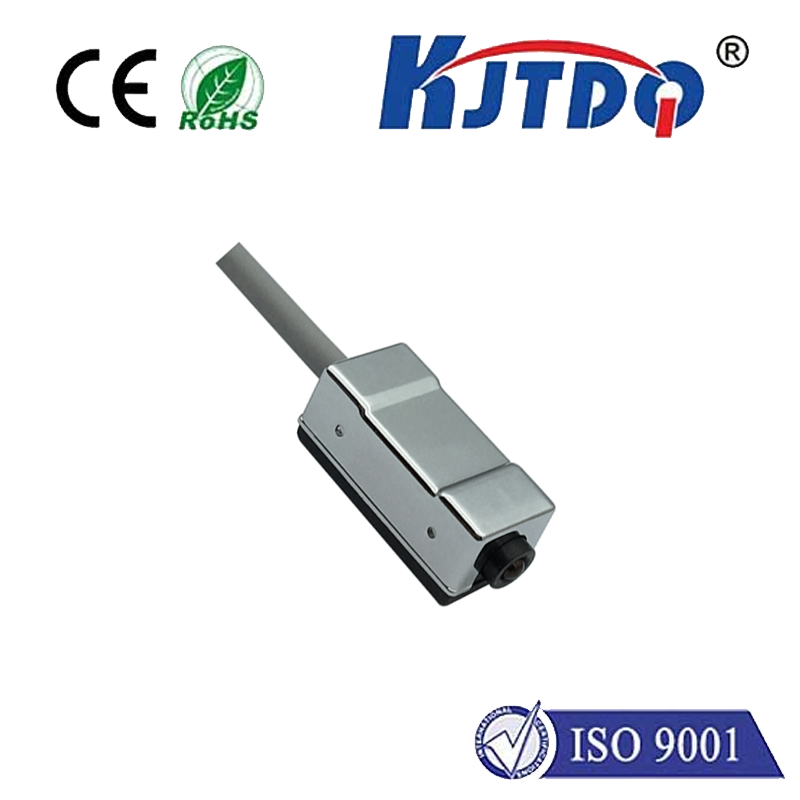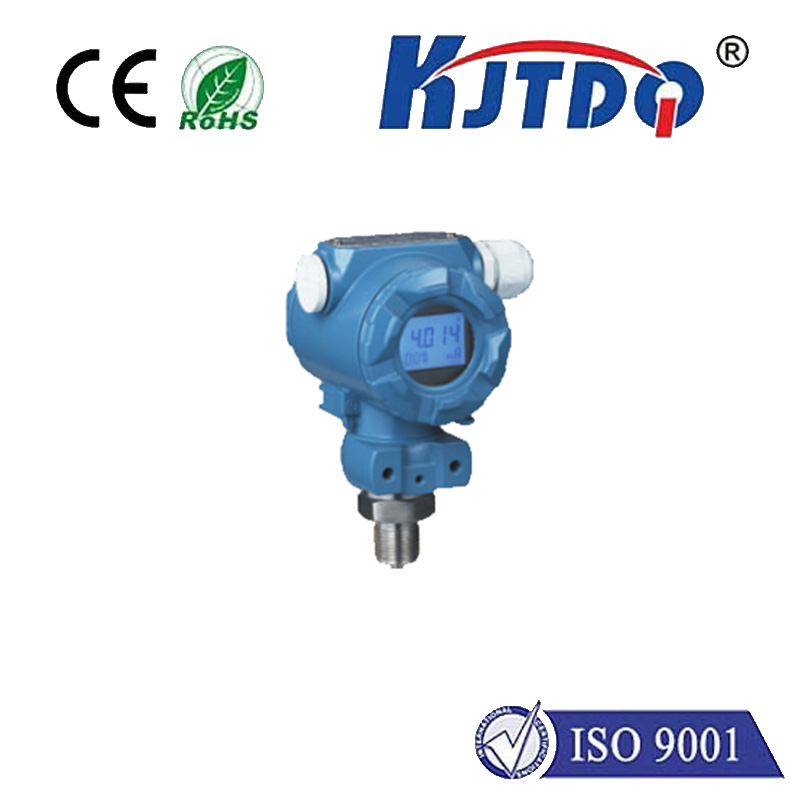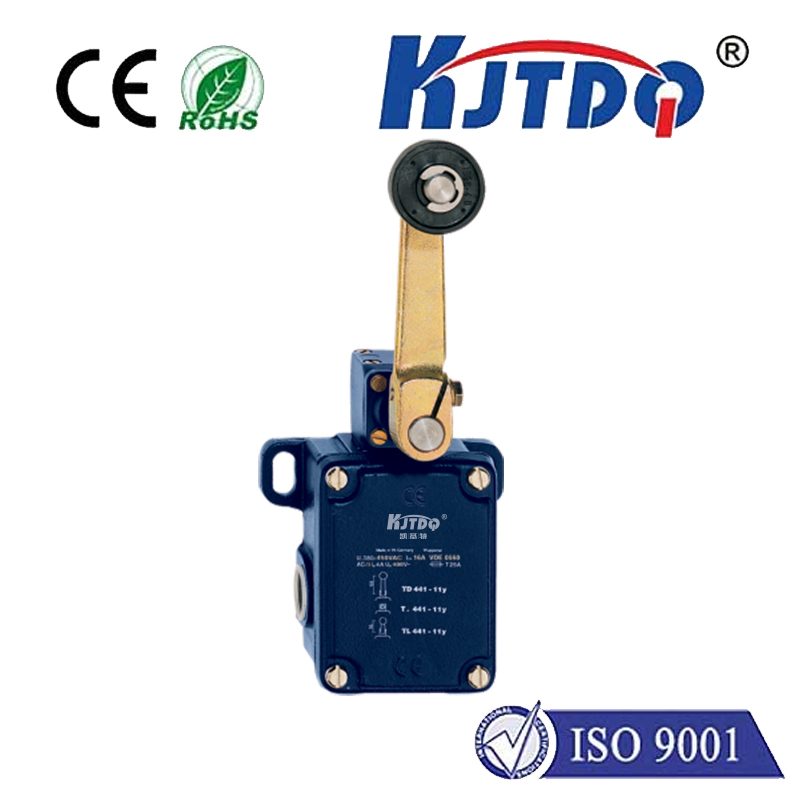

check

check

check

check

check

check

check

check

check

check
Ultrasonic proximity sensors have become a critical component in the automation, robotics, and industrial manufacturing sectors. They offer an ingenious way to measure distance accurately without any physical contact, making them indispensable for numerous applications. This guide provides a comprehensive understanding of ultrasonic proximity sensors, including their working principles, benefits, and practical uses.
An ultrasonic proximity sensor is a device that measures the distance between itself and an object using sound waves. It works by emitting high-frequency sound pulses and then detecting the echo of these pulses as they bounce back from the target object. By calculating the time difference between the emission and reception of the sound waves, the sensor can accurately determine the distance to the object.
Emission: The sensor sends out high-frequency sound pulses, typically between 20 kHz and 40 kHz, which are beyond the range of human hearing but can be detected by the sensor’s transducer.
Propagation: These sound waves propagate through the air until they strike an object.
Reflection: The sound waves reflect off the object and travel back towards the sensor.
Reception: The sensor’s receiver detects the reflected sound waves.

Calculation: By measuring the time delay between sending and receiving the sound waves, the sensor calculates the distance to the target object. The speed of sound in air (approximately 343 meters per second at 20°C) is used in this calculation.
Display/Output: The calculated distance is then displayed on the sensor or sent to another system for further processing.
Non-Contact Measurement: Since they use sound waves, these sensors do not need to touch the object being measured, reducing wear and tear.
Versatility: They can measure distances over various surfaces, including rough, uneven, or transparent materials.
Accuracy: Modern ultrasonic sensors provide high precision, making them suitable for detailed applications.
Cost-Effective: These sensors are relatively inexpensive compared to other types of distance-measuring devices.
Durability: They can operate in harsh environments and are resistant to dust, dirt, and moisture.
Automotive Industry: Used in parking sensors for vehicles to assist in detecting obstacles while parking.
Industrial Automation: In manufacturing plants, these sensors help monitor and maintain appropriate distances in conveyor systems and prevent collisions between machinery.
Robotics: Ultrasonic sensors aid robots in navigation and obstacle avoidance, enhancing their efficiency and safety in dynamic environments.
Home Automation: They can be integrated into smart home systems to control lighting or security systems based on occupancy and movement detection.
Medical Devices: Used in medical equipment for non-invasive measurements and monitoring patient vitals.
Ultrasonic proximity sensors have emerged as versatile tools with wide-ranging applications across multiple industries. Their ability to provide accurate, non-contact distance measurements makes them valuable assets in modern technology and automation systems. Whether you’re looking to improve the efficiency of industrial processes or enhance safety features in automotive and home automation systems, ultrasonic proximity sensors offer robust performance and reliability at an affordable cost.
